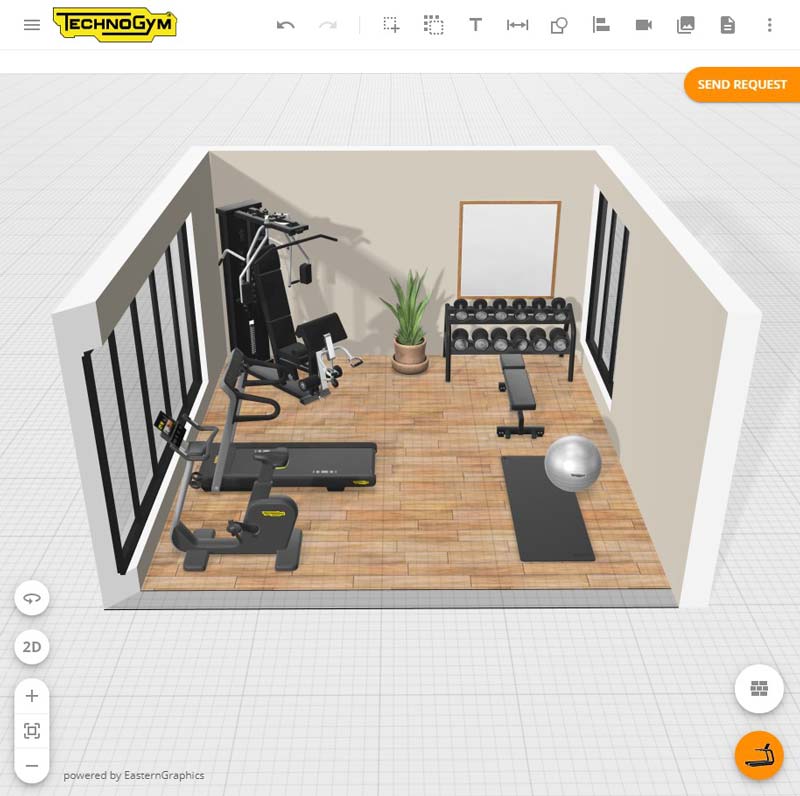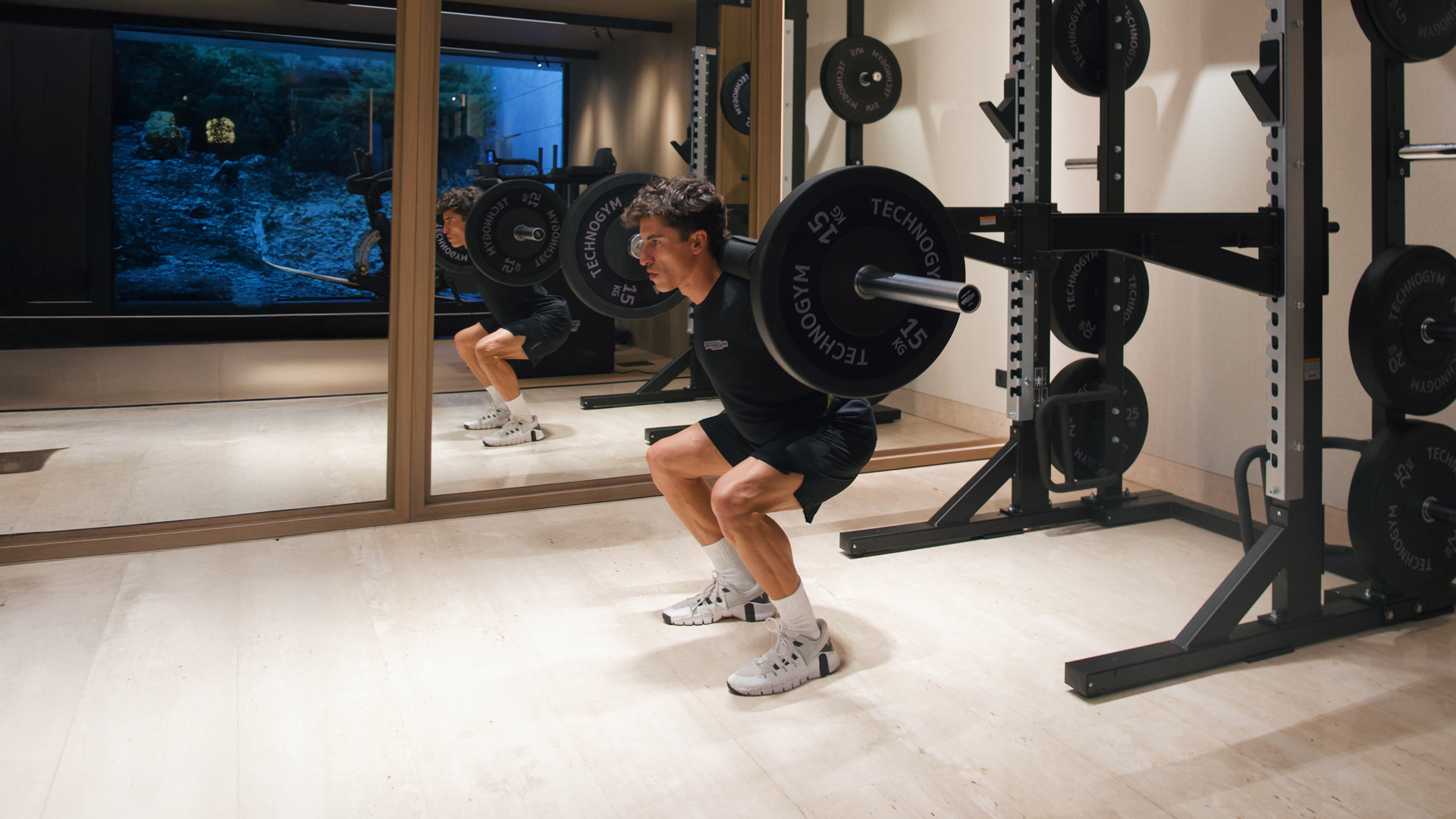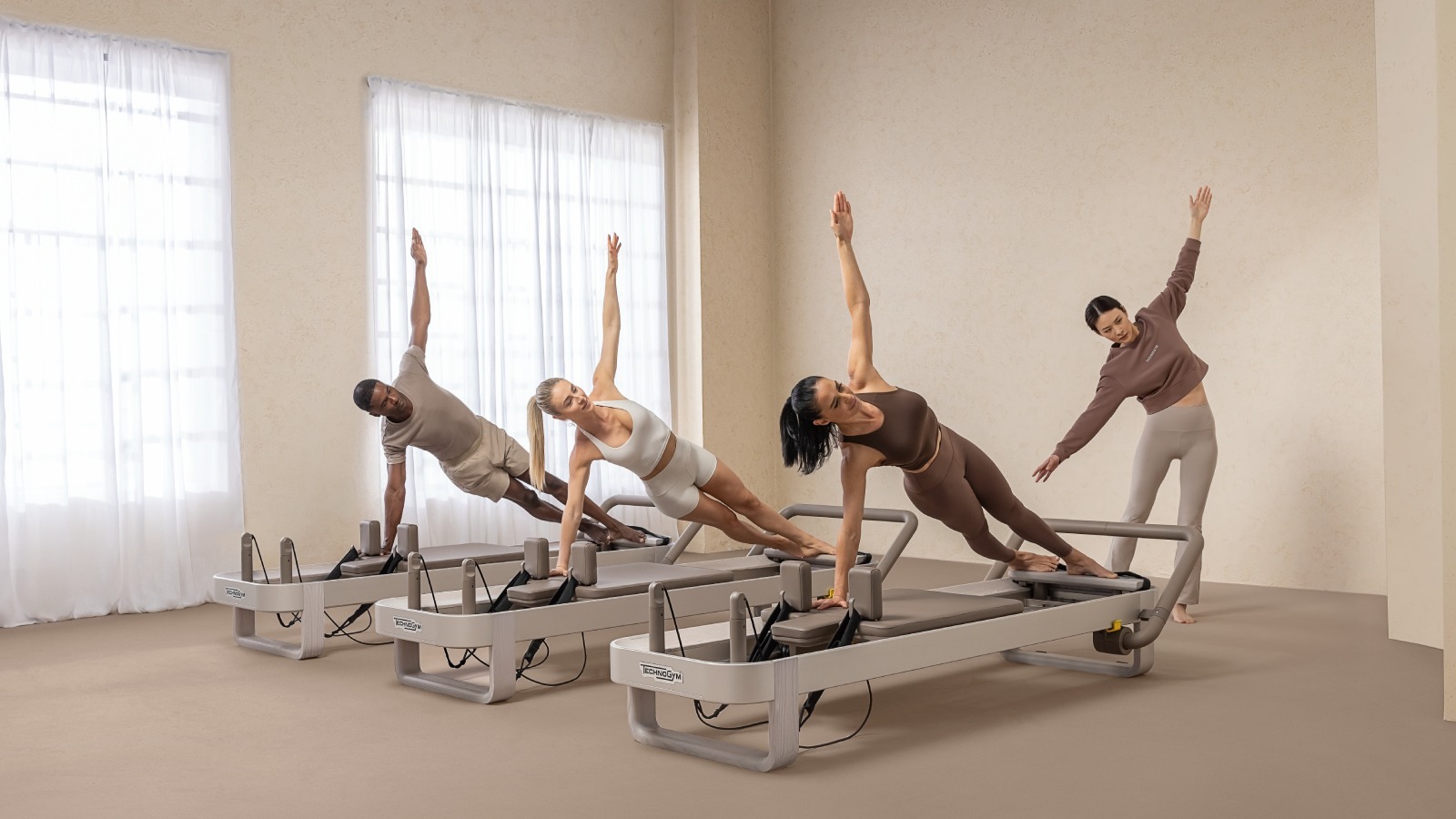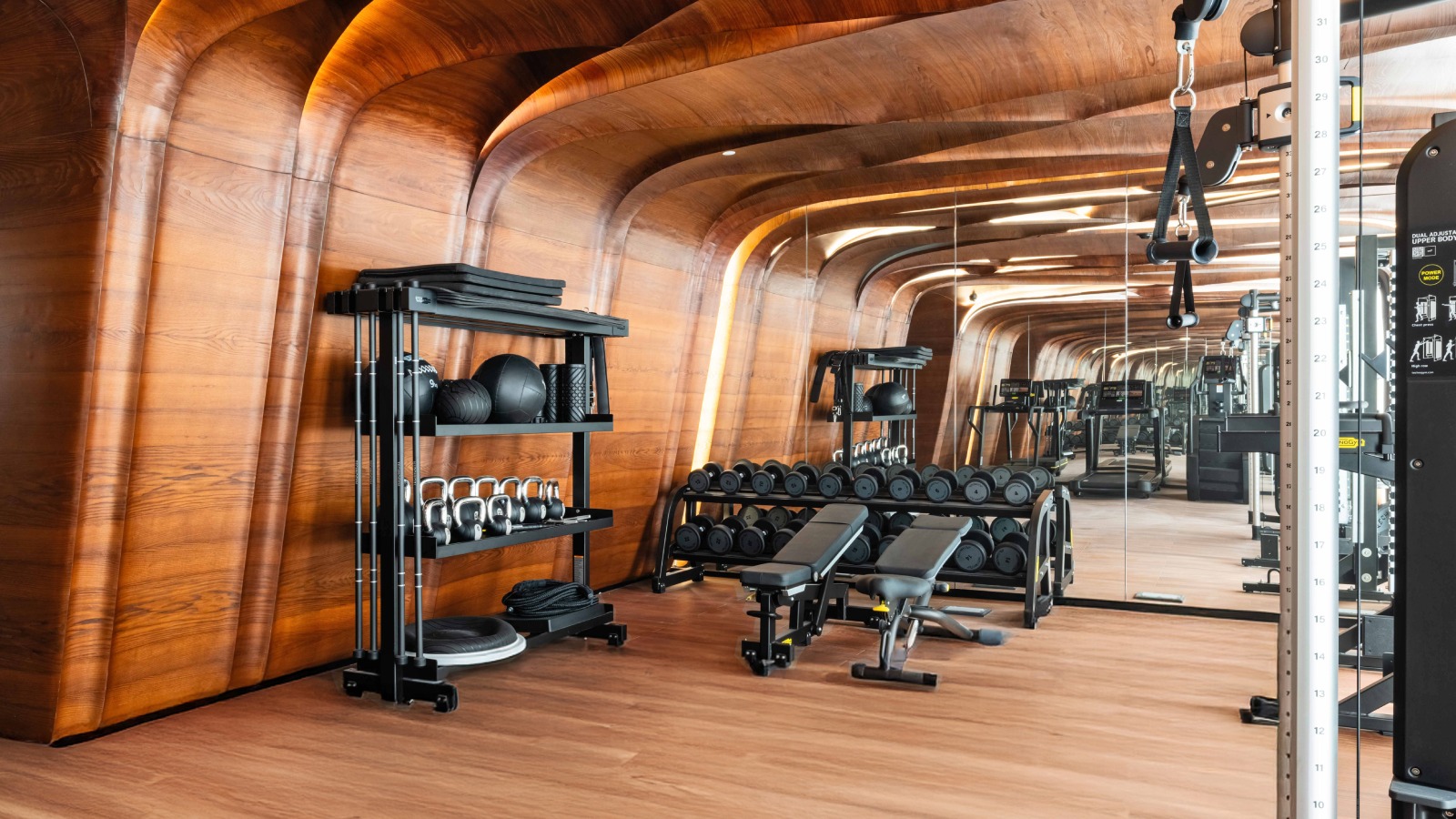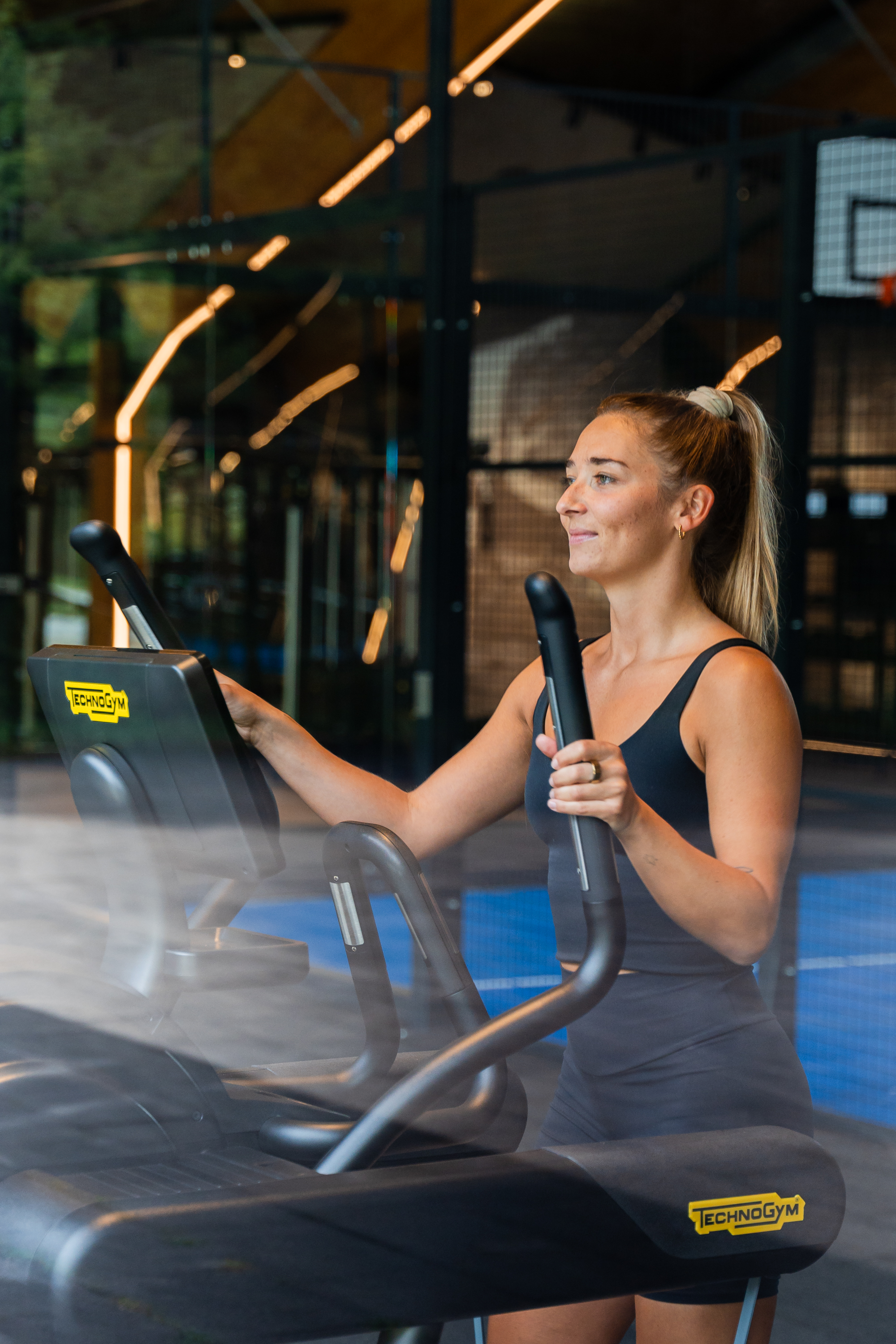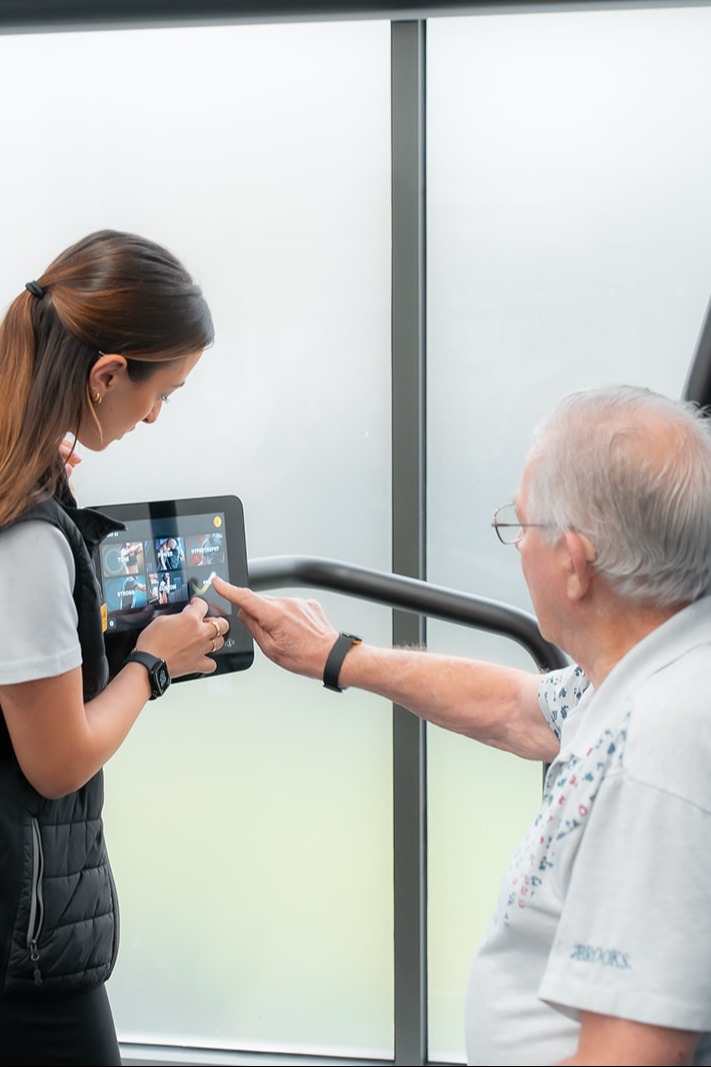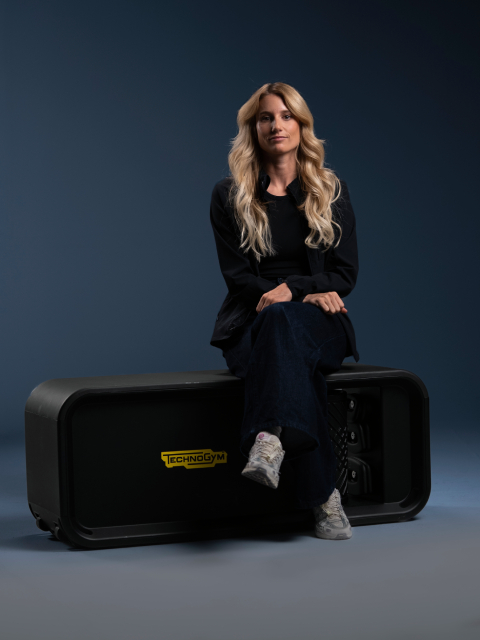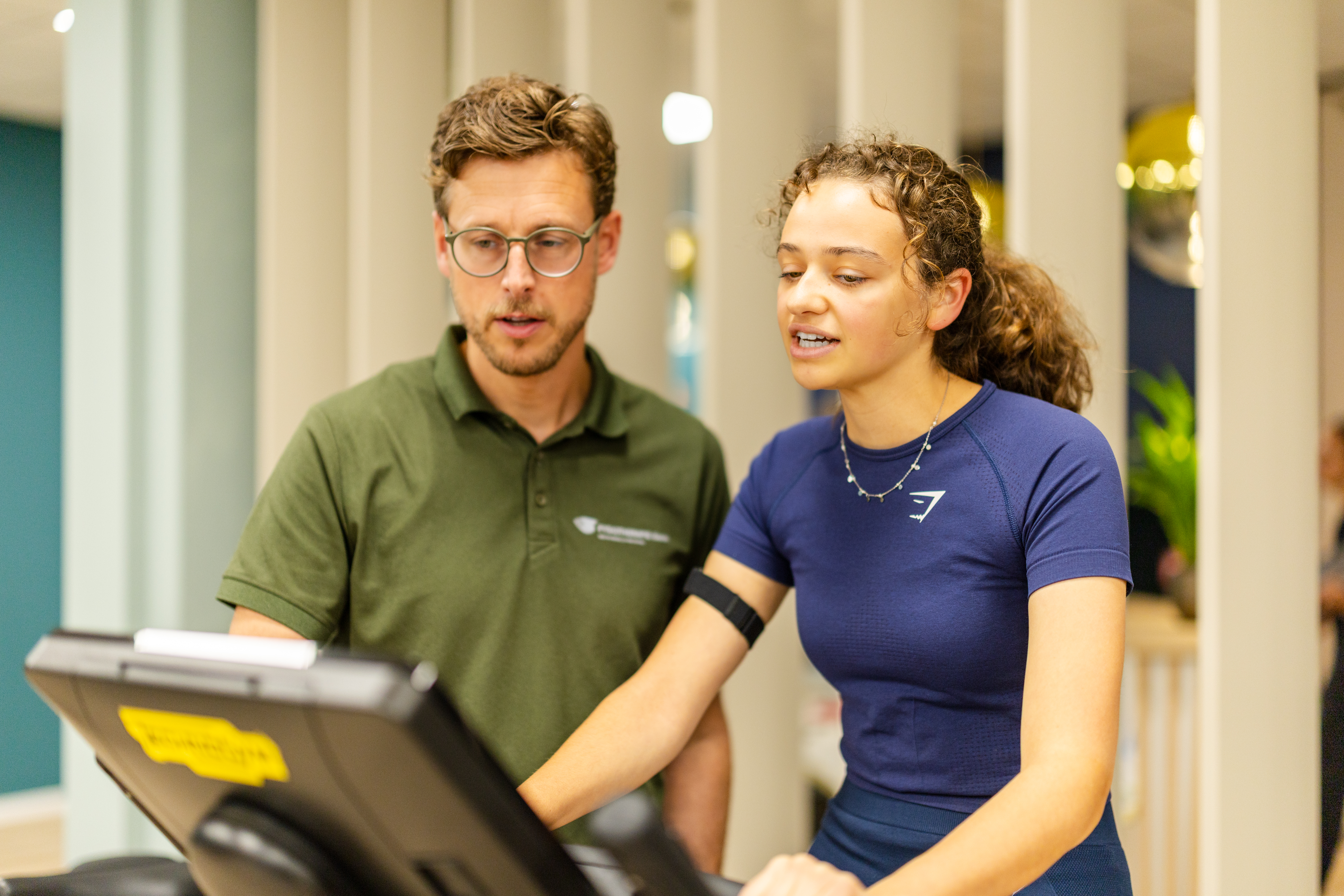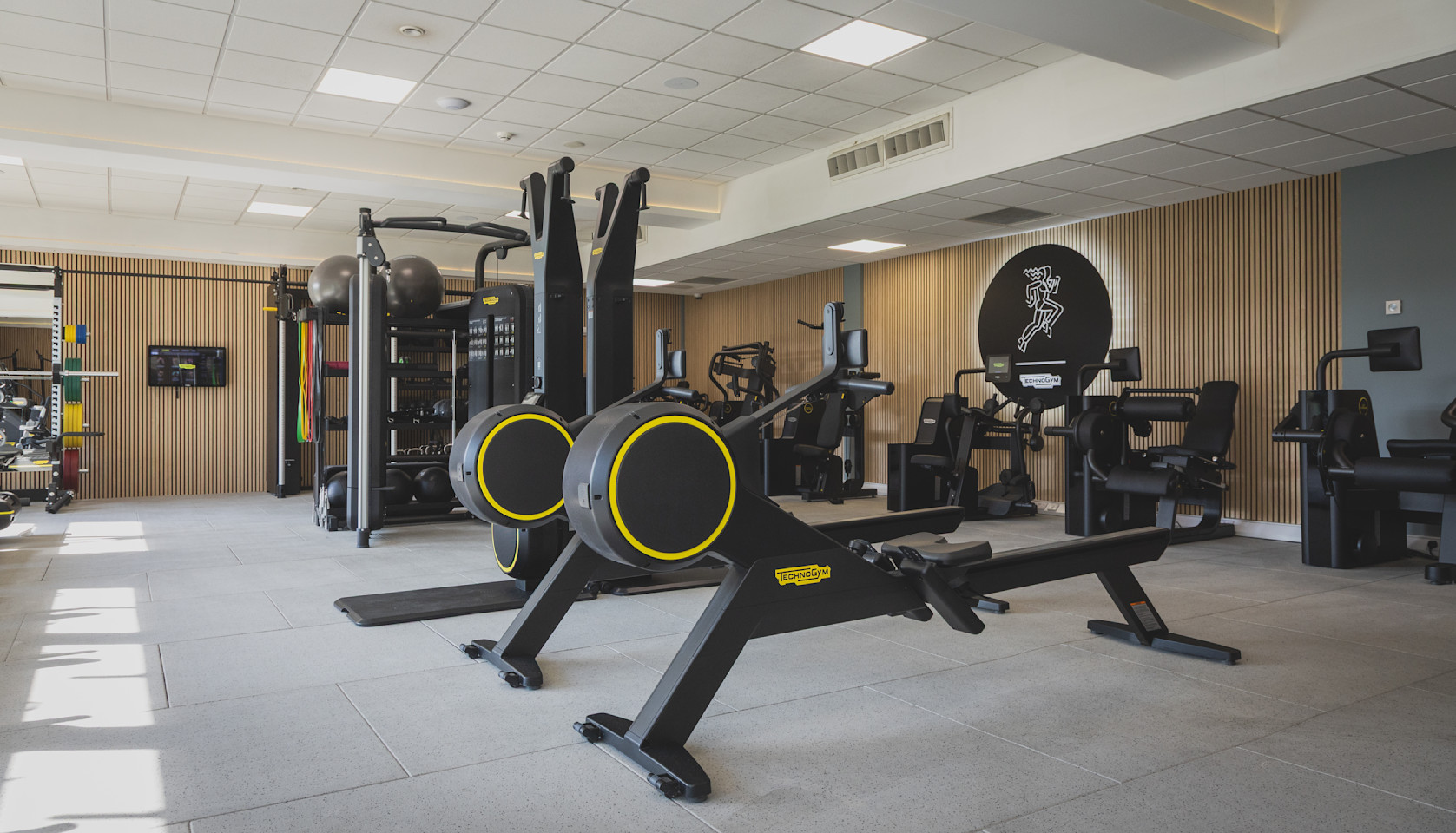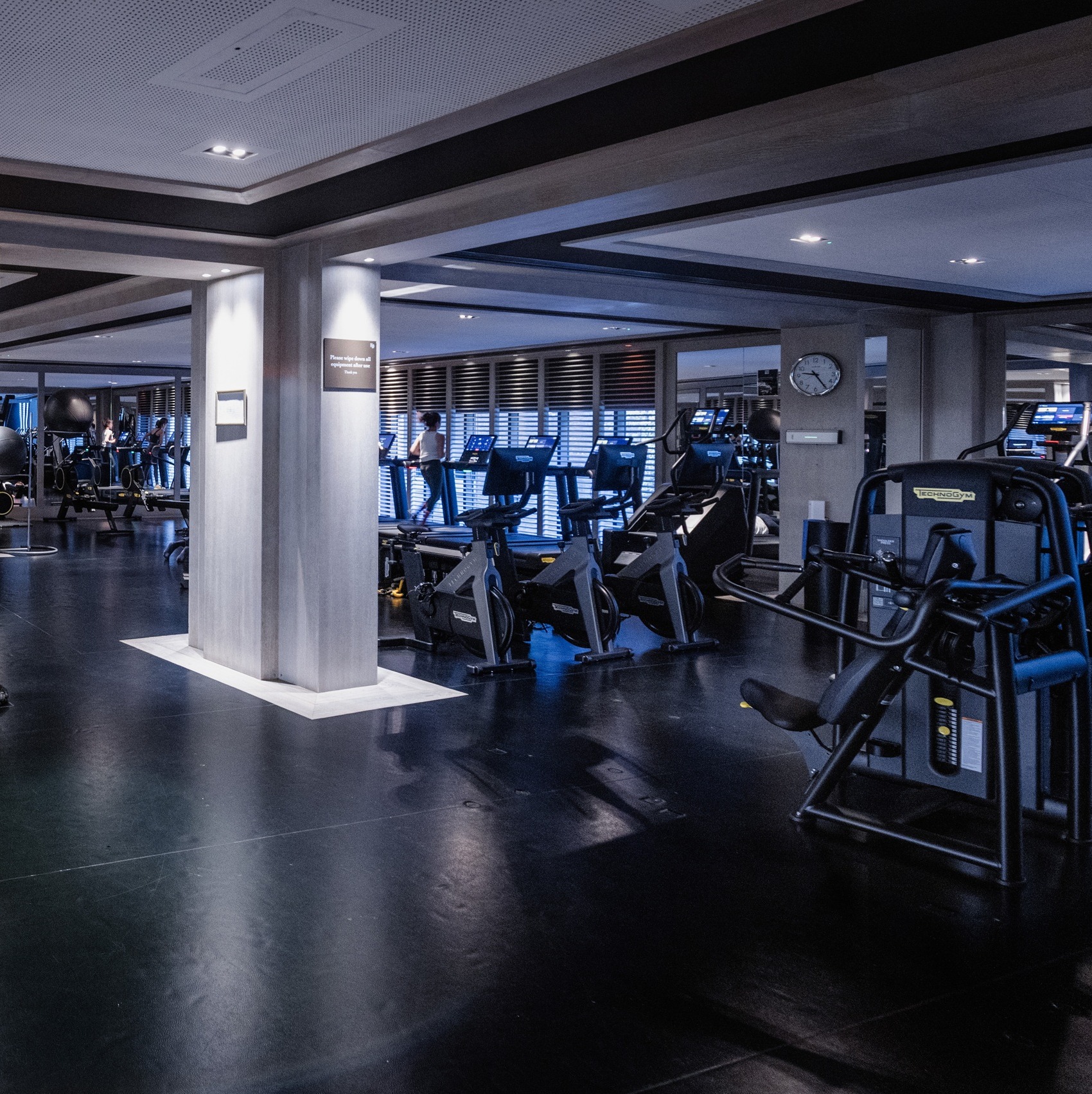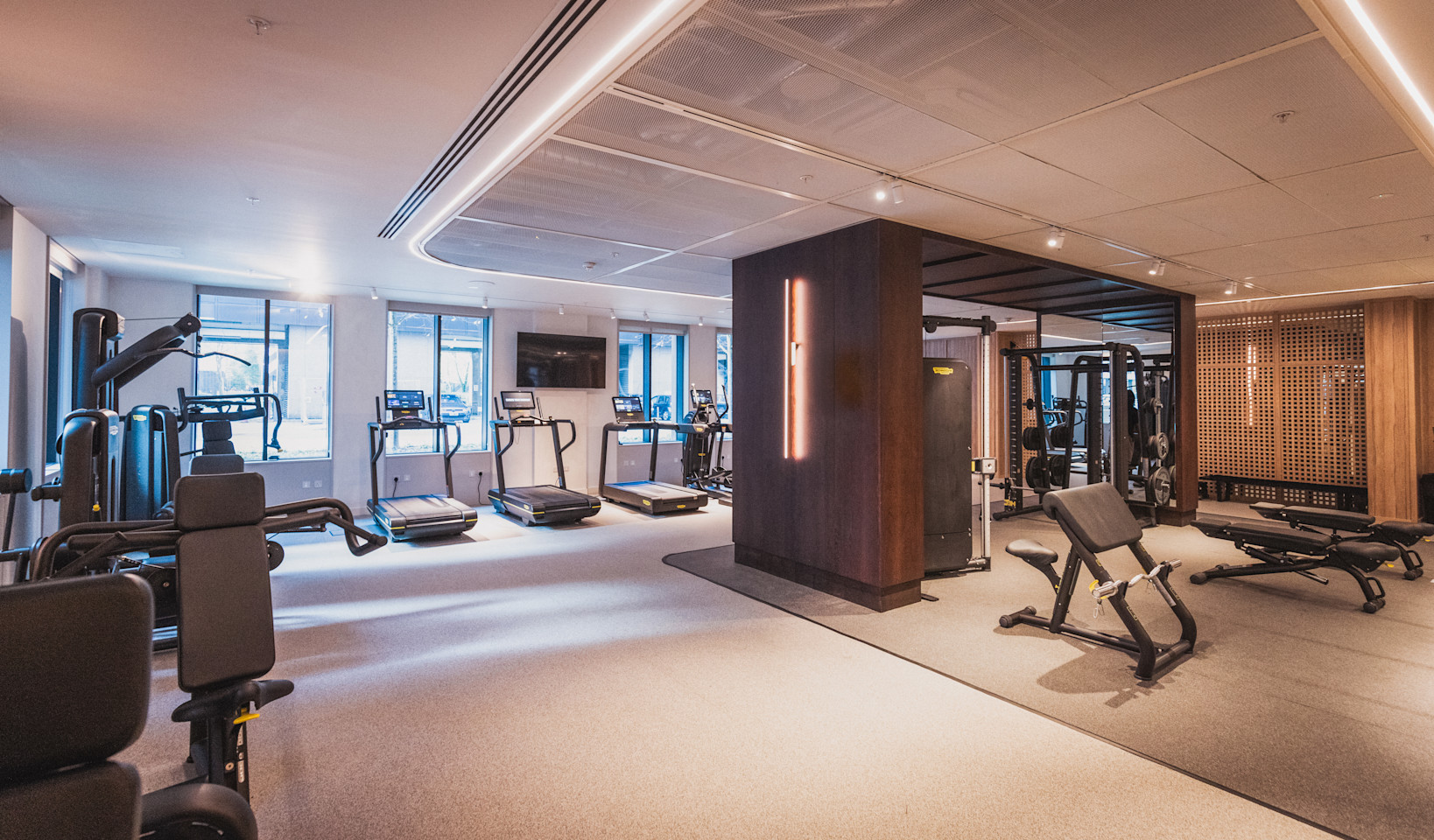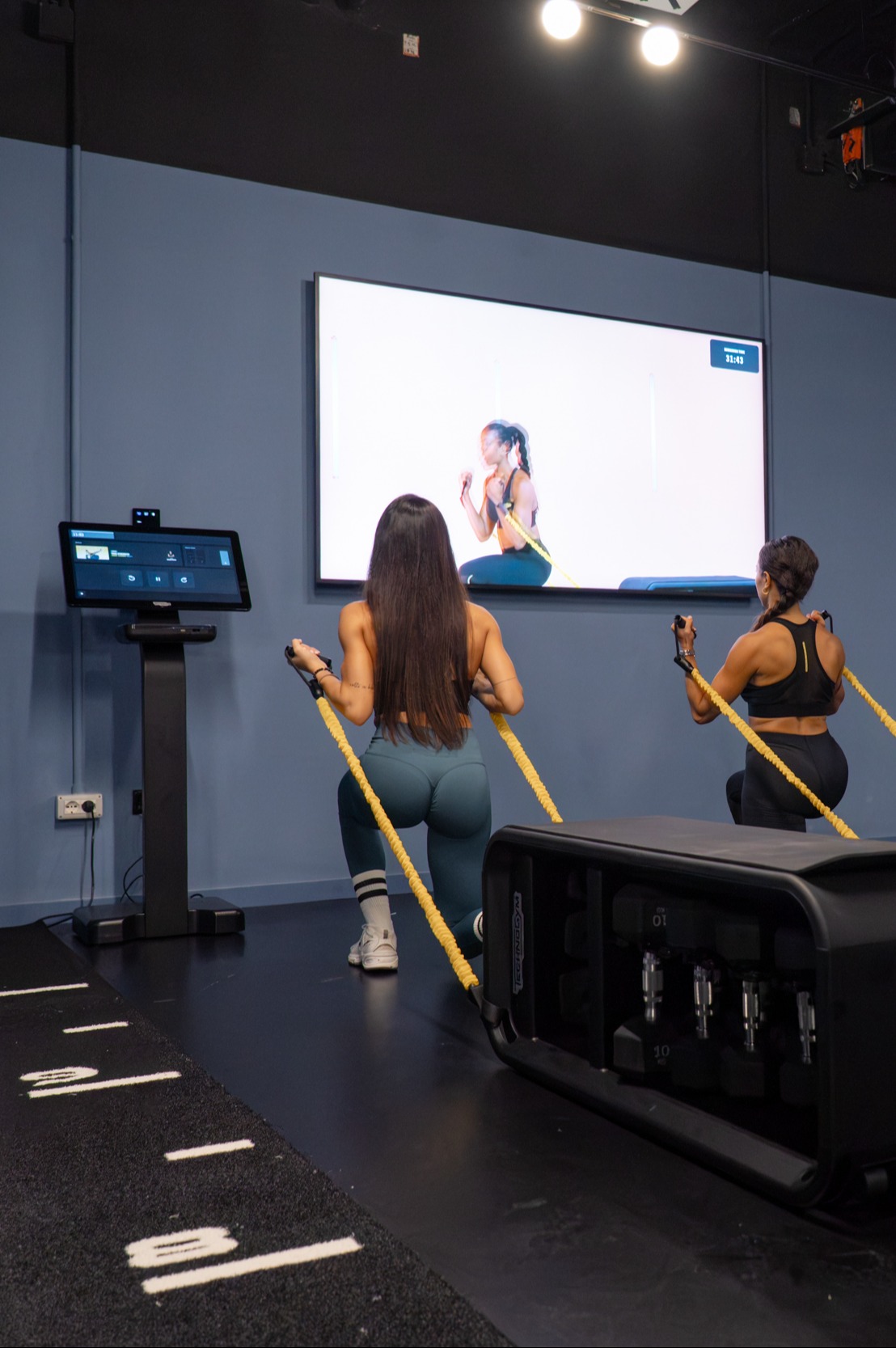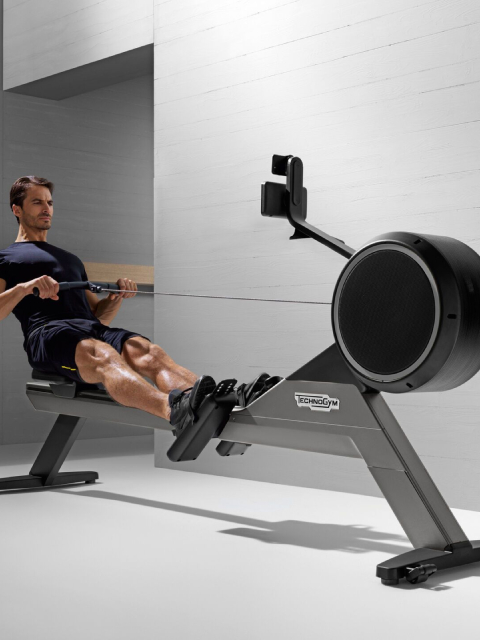All stories
All
Topics
Community
Business
News
Истории и статьи о фитнесе, здоровье и спорте
Оставайтесь в курсе питания и физической активности с Stories, блогом Technogym, в котором представлены новости о фитнесе, спорте и здоровье. Изучите наши категории: найдите советы по диете и питанию, улучшите свои результаты с помощью научно обоснованных рекомендаций по тренировкам и узнайте, как компании добились успеха, интегрировав оздоровительные удобства и услуги в свои предложения. Новости, Фитнес, Образ жизни, Здоровье, Лучшие места, Люди и Спорт. Читайте наш блог, чтобы узнать о последних диетах и методах различных тренировок, таких как упражнения с собственным весом и силовые тренировки, овладение мышлением и многое другое.
Наш блог о фитнесе, здоровье и спорте
Продукция и услуги на территории Российской Федерации поставляются дочерней компанией Technogym, АО «ТЕХНОДЖИМ» г. Москва, ул. Верейская, 29с134, офис В211. | Идентификационный код: 7731585654
